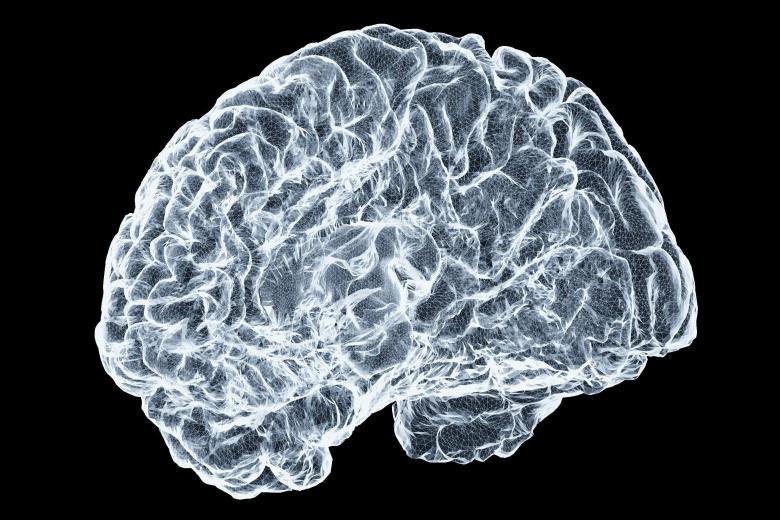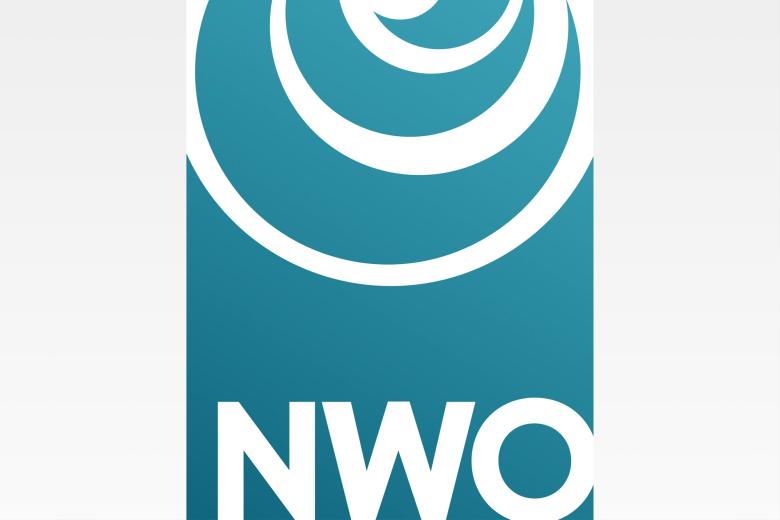New research: HIV cure for the group hardest hit
Ending the HIV epidemic for those most impacted: women in sub-Saharan Africa. That’s the goal of a collaborative project between Dutch and African researchers. The Dutch Research Council (NWO) and Aidsfonds recently allocated more than six million euros to fund their plans for the SPIRAL project.
Almost all research on HIV conducted to date has been done on subtype B of the virus, the variant most common in Europe, North America and Australia. But these countries are not the countries most affected by the HIV epidemic. Countries most impacted are south of the Sahara in Africa, where mainly women are infected with subtypes other than type B.
For this reason, the SPIRAL project aims to find a cure for everyone with HIV, including women and men with subtypes other than B. The project is led by biomedical scientists Monique Nijhuis (UMC Utrecht) and Tokameh Mahmoudi (Erasmus MC), social scientist Sarah Stutterheim (Maastricht University) and infectious disease specialist Godelieve de Bree (Amsterdam UMC), in collaboration with other researchers in the Netherlands, Uganda, South Africa and Zambia.
“Worldwide, this is the first HIV cure project that puts equality front and centre,” says UM researcher Sarah Stutterheim. “This is reflected in our focus on subtypes other than B and also in how we have structured the consortium. We work closely with communities, and the work packages are co-led by a senior and junior researcher. Additionally, the consortium isn’t led by one person but by a group of four women with complementary expertise.”
An important step towards a cure is mapping the so-called HIV reservoir. These are immune cells in the body in which the virus remains present in a dormant state. Even when people are on HIV treatment, this reservoir remains present, meaning that people with HIV have to take to expensive, lifelong therapy and need continuous monitoring. The only way to cure HIV is to remove the reservoir. But little is known about the size and activity of the reservoir of subtypes other than type B, and little is known about differences in the reservoir between men and women. One of the most important goals of the new research project is therefore to establish this knowledge.
In addition, the project focuses on the social and economic challenges associated with the development and application of an HIV cure for everyone.
The SPIRAL project will run for six years and is funded by the Knowledge and Information Covenant (KIC) programme 'HIV cure for everyone' , a partnership between Aidsfonds and NWO.
Photo UM homepage: DFID - UK Department for International Development | Flickr | CC BY-NC-ND 2.0 DEED

Also read
-
New insight into the role of brain changes in psychiatric disorders
It has long been known that in some psychiatric disorders certain parts of the brain show slight abnormalities. However, it was unclear whether these brain changes are caused by the illness itself, by medication, or by smoking. In a recent study, scientists at Maastricht University and Amsterdam UMC...

-
Dutch Research Council rewards three Maastricht research proposals
The Dutch Research Council (NOW) has decided that within the so-called ENW Open competition XS research programme, 28 projects will receive funding. Three of those projects are headed by a UM scientist.

-
Maastricht research institutes M4I and MERLN join new national collaboration
The research institutes M4I and MERLN, both part of Maastricht University (UM), are to become partners in a new national collaboration as of 1 January 2025. The Nijmegen-based laser and magnet lab HFML-FELIX will become an NWO Institute under the umbrella of the Foundation for Dutch Scientific...
